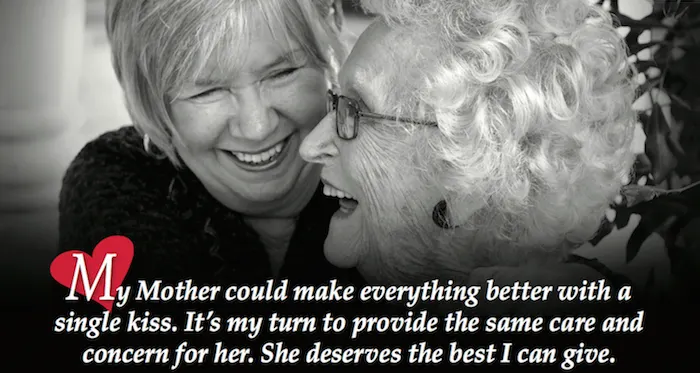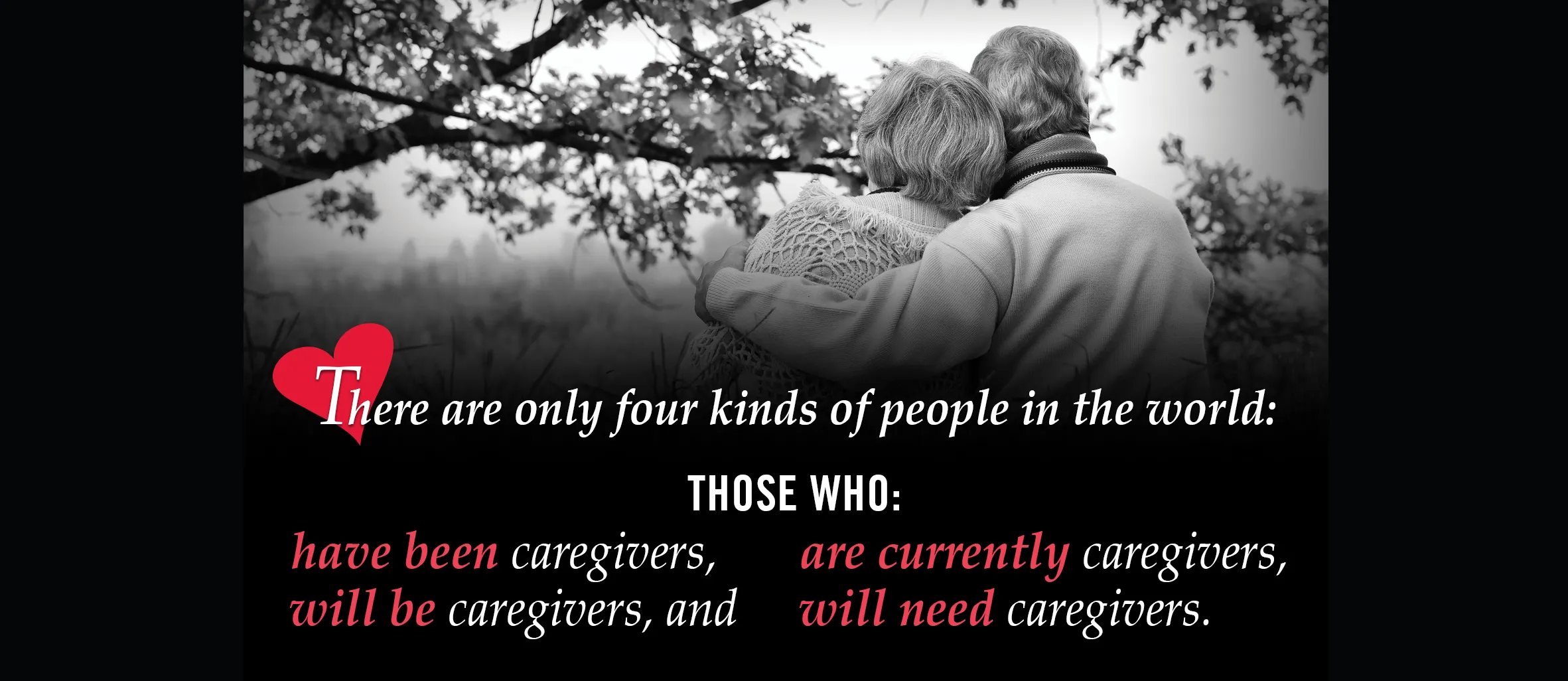"Muscle: The Vitality Dynamo"
Maintaining muscle as we age helps preserve both physical and mental well-being, preventing age-related decline and promoting longevity and vitality.
Muscle Atrophy: The Silent Thief of Strength and Vitality
Imagine waking up one day to find that your muscles, once strong and capable, have begun to wither away. This isn't the plot of a sci-fi movie; it's the reality of muscle atrophy, a condition where muscle tissue is lost at an alarming rate due to inactivity, illness, or aging. Here's a deep dive into this phenomenon, its implications, and how to combat it.
The Speed of Muscle Loss
You might think that muscle loss is a slow, gradual process, but think again. A study in the Journal of Cachexia, Sarcopenia, and Muscle revealed that just three days of bed rest can result in over 10% muscle loss. Fitness expert JJ Virgin adds, "Believe it or not, you can start losing significant muscle mass in just five days of inactivity."
The Science Behind Atrophy
Everson A. Nunes, a postdoctoral fellow, explains that the primary cause of atrophy is the lack of mechanical stimulus. Mechanical stress is what keeps our muscles in a constant state of breakdown and rebuilding, essential for maintaining health and wellness.
Aging and Muscle Loss
As we age, muscle atrophy becomes more pronounced. Known as sarcopenia, this natural decline in muscle mass begins around age 30, with losses of 3% to 8% per decade, doubling around age 60. This isn't just about losing muscle mass; strength and power decrease at twice and three times that rate, respectively, impacting daily life significantly.
Rebuilding Muscle: It's Never Too Late
The good news? Muscle can be rebuilt at any age. Virgin debunks the myth that older adults can't gain muscle: "Muscle plasticity, the ability of muscles to regenerate and grow, persists throughout life." Recovery might take longer for seniors, but with the right approach, it's achievable.
Maintaining muscle as we age is essential for several key reasons:
1. Preserving Physical Function and Mobility
Muscle mass supports strength, balance, and coordination. Without sufficient muscle, everyday activities like walking, climbing stairs, or carrying groceries become more difficult, limiting independence.
2. Preventing Falls and Injuries
Muscle strength contributes to stability and balance. Maintaining it reduces the risk of falls, which are a leading cause of injury and hospitalization in older adults.
3. Supporting Metabolism and Weight Control
Muscle tissue is metabolically active, meaning it burns more calories at rest than fat. By preserving muscle, you help maintain a healthy metabolism and manage body weight, reducing the risk of obesity and related diseases like type 2 diabetes.
4. Bone Health
Muscle strength is closely linked to bone health. Strong muscles help maintain bone density, reducing the risk of osteoporosis and fractures.
5. Enhancing Immune Function
Muscle mass contributes to better immune responses, helping the body recover from illness and injury faster. Muscle wasting can weaken the immune system, making older adults more vulnerable to infections.
6. Improving Mental Health and Cognitive Function
Regular physical activity, especially resistance training, has been shown to enhance mood and cognitive function, possibly reducing the risk of depression and dementia.
7. Maintaining Quality of Life
Staying physically strong can improve self-confidence, independence, and overall quality of life as we age, allowing older adults to remain active and engaged with their communities.
If you have any questions or need assistance, please feel free to ask. Contact us at
403-264-3839 or info@focusoncaring. Keep moving, keep eating well, and keep your spirits high!



